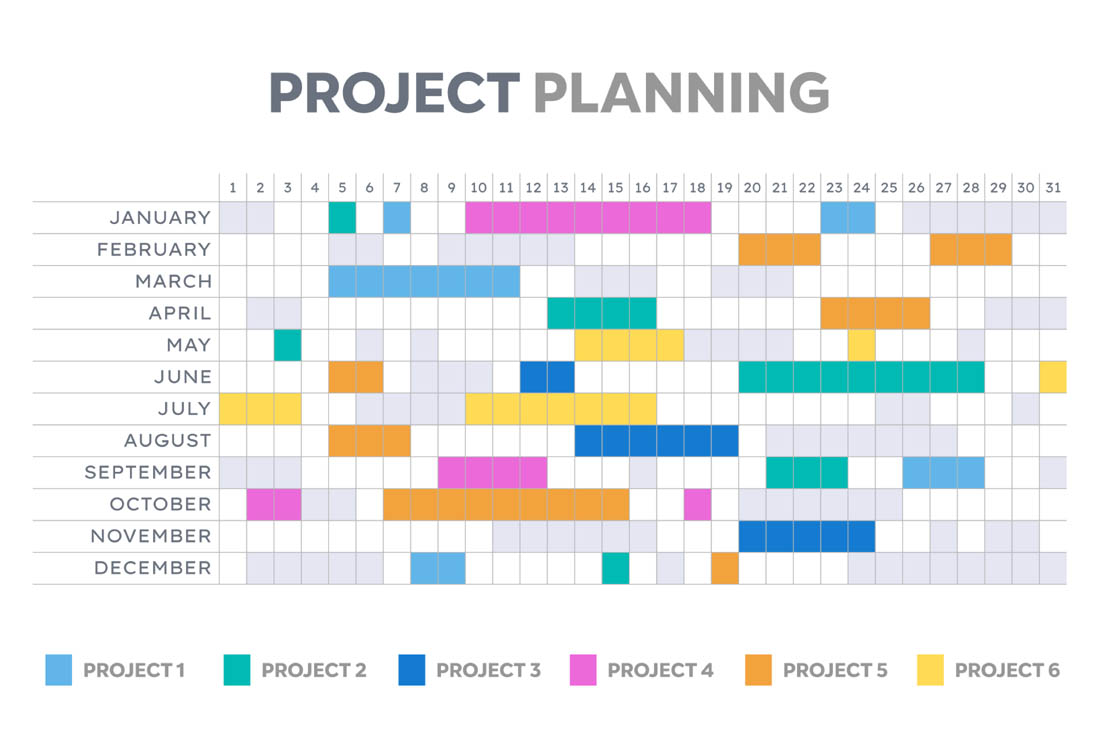I was in the Junior Olympics for water polo (impressive, I know). I can’t find any details online, which is unsurprising because it was decades ago, we got last place (out of hundreds of teams), and I had about 90 seconds of cumulative playing time. If the event was live-streamed, I suspect people (dozens, perhaps) would have tuned in to watch. We may not have earned a medal or even a place in the internet archives, but I did walk away with a lifetime of memories and material for workplace ice breakers.
In 2012, a friend and then investment banking analyst was challenged to eat 500 Starburst candies in 12 hours. To satiate interest, he set up a live stream (categorized under sports on the platform). It quickly had 13,000 viewers from around the world. At my then office across the street, my coworkers and I tuned in occasionally to check his progress and it generated buzz up to senior leadership. It was a fun diversion and team bonding experience, and we made up for any productivity loss by staying later than usual to see the wrappers rain down like confetti after he completed the challenge. Beyond these niche sports, more mainstream events capture the interest of billions of people each year (pandemic permitting), on and off the clock.
In addition to its proximity to the Starburst endurance athlete, my former office had a direct view of Minute Maid Park, home of the Houston Astros. Attending or watching games was part of our office culture and we would pick a few daytime games to play on break room TVs. This was always a welcome and energizing addition to the workday. Watching every game would have been unrealistic and unproductive, though.
A typical Major League Baseball season features over 2,400 games played over six months (~162 games per team). Postseason adds up to 43 games, with a minimum of 26. As a lifelong Astros fan, it has been an exciting post-season and I occasionally have World Series coverage streaming in the background. I have since moved to the west coast, however, and some of the games overlap with my typical working hours – a conflict I am sure many of the 500 million other baseball fans around the world experience often.
Pre-pandemic, company culture largely dictated how people did (or didn’t) watch sports in the workplace, and their collective level of comfort with openly consuming sports content. TV monitors in common areas remain a popular way to balance the sports-watching interests of employees while preserving their desks for focused work, though many employees supplement with their phones and computers, and for those working remotely, TVs at home. Remote working, whether full-time or as part of a hybrid model, has changed the workday-sports-watching game.
Since 2006, the NCAA has provided a live stream of the Division I basketball national championship tournament (March Madness). The site has a popular “Boss Button” feature that triggers a very convincing work-related pop-up. This year’s button appropriately featured a Zoom call with college mascots. As a number of major sporting events were canceled or rescheduled over the past two years due to COVID-19 restrictions, interest may be compounded now that sports are back in full swing. Via some channels, March Madness Final Four viewership was up 36% from 2019 and MLB playoff viewership is up 89% from 2020.
There are notable anecdotes of sports-induced productivity dips, including the rumored “Super Sick Monday” with yearly estimates of 17 million people calling in sick after the Super Bowl and the projected business losses popularly attributed to Fantasy Football fanatics. These examples are extremes, and unproven, and should not dissuade leaders from supporting occasional, responsible sports watching at work. In moderation, watching sports in the workplace can increase morale, fuel creativity, and boost productivity as a fun diversion and mental break from daily tasks.
With the recognition that people are able to tune in more easily when working in a hybrid environment, consider discussing your own sports watching habits (if relevant) and mentioning upcoming events to your teams as engagement opportunities. To maintain productivity and maximize the benefits of general sports watching:
- Acknowledge the potential for business disruption to ensure that viewing is kept to a reasonable level (reasonable will look different for all organizations)
- Distinguish between appropriate daily use during operating hours (beyond breaks or lunch) and accommodations for major sporting events (particularly regionally)
You can set up a suite of alarms and conditions in ActivTrak to help minimize business disruption, maintain workplace productivity, and support conversations with your team about appropriate use and best practices. To harness the benefits of the potential distractions of major sporting events:
- Clarify expectations in advance. Be transparent about appropriate use and share context around any new event-specific alarm configurations
- Encourage teams to schedule their work accordingly to avoid competing deadlines and uneven distribution of work to non-sports fans
- Provide viewing opportunities in a communal area that won’t disrupt others who don’t share the interest or enthusiasm, or create virtual team building events
- Endorse alternative, inclusive opportunities to create engagement for all employees
Earlier this year, sports betting news site, The Lines, surveyed more than 1,500 sports fans about their relationship with sports in the workplace. Seventy-three (73) percent of respondents admit to watching sports at work, a number that rises to 86% among remote or hybrid workers. The majority (54%) of respondents spend 30 minutes or less a day when reading, listening to, or watching sports-related content and one in 5 do so daily. Forty-seven (47) percent believe watching sports improves their work performance. With workforce analytics software and productivity insights, sports fans can validate this assumption or reevaluate when it might become a distraction.
Whether relatively sedate like regular-season baseball or wildly stimulating like single-elimination basketball, following sporting events can enrich productivity and well-being for individuals and teams. When strategically supported and objectively measured with workforce analytics, sports watching is a win-win for organizations. Let’s go Astros!
About ActivTrak
ActivTrak helps companies unlock productivity potential. Our award-winning workforce analytics and productivity management software provides expert insights that empower people, optimize processes, and maximize technology. Additionally, with data sourced from more than 9,500 customers and over 450,000 users, ActivTrak’s Workforce Productivity Lab is a global center for ground-breaking research and expertise that helps companies embrace and embody the future of work.





